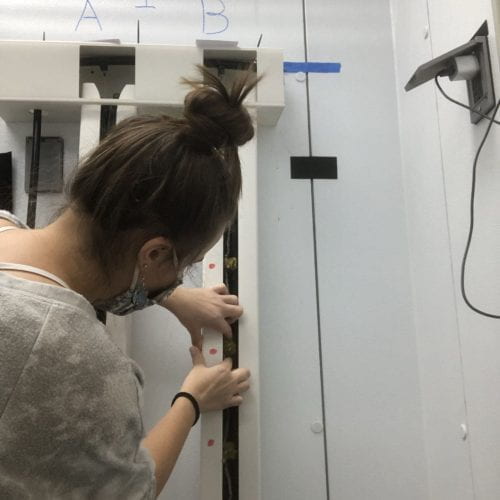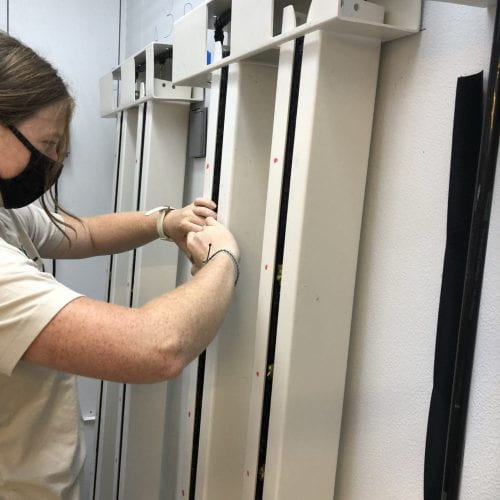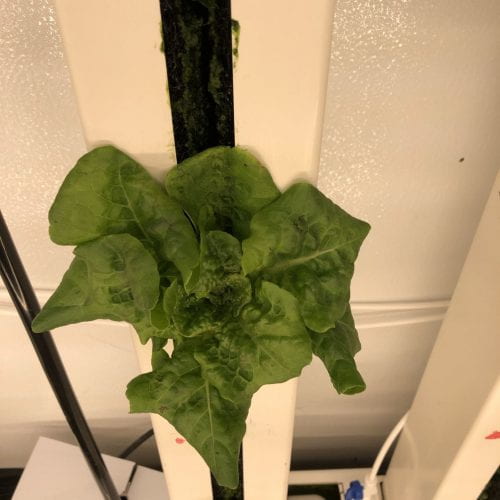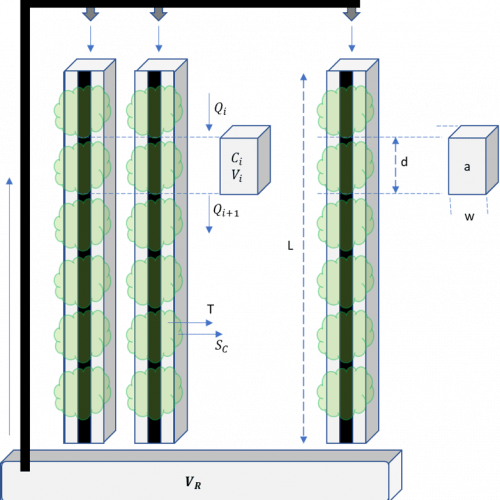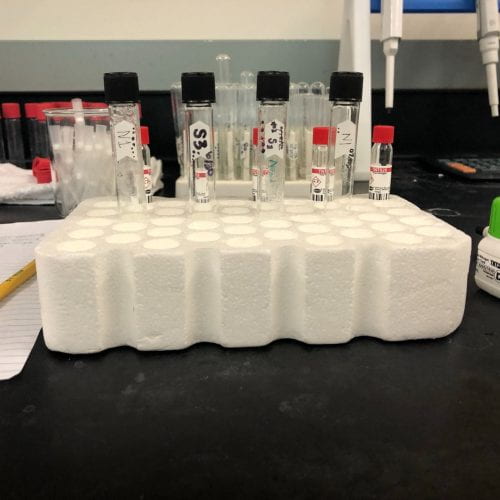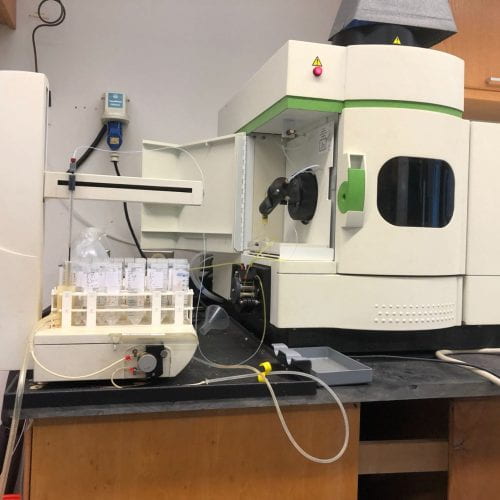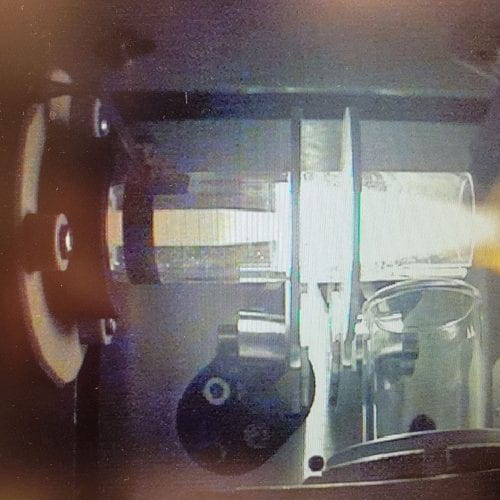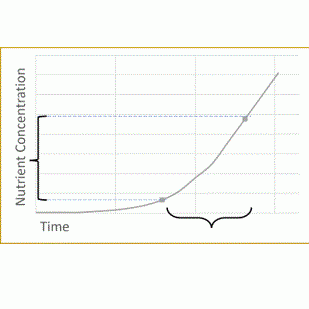Introduction
The hydroponic research area focuses on using nutrient enhanced liquid to grow lettuce without the use of soil. This liquid contains the 17 essential nutrients required for plant growth and thus allows for soilless plant growth. Currently, the flow of nutrients from acquisition to disposal is more of a linear system, where waste is not reused.
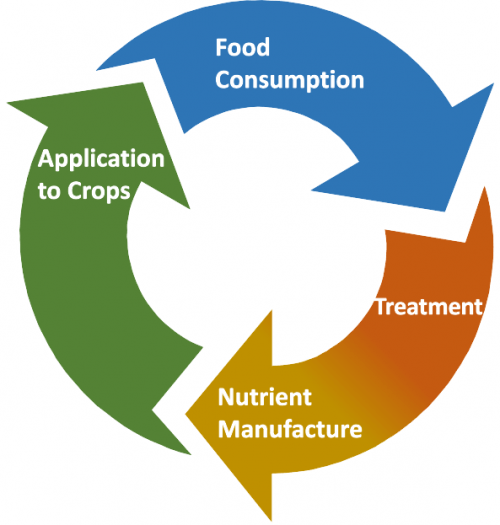
Through the use of hydroponics agriculture, we aim to transform this system into a circular one. By combining wastewater treatment and nutrient manufacturing, we will be able to recover nutrients from wastewater and utilize them for crop growth.
Hydroponic systems have various benefits:
- Efficient use of water
- No agricultural runoff and infiltration
- Reduced denitrification to nitrous oxide
- Uses 66x less water than conventional agriculture
- Promotes decentralization which reduces distribution costs and wastes
Current Research Areas
Hydroponics is one of our largest research areas. Here is an overview of some of the projects that we are working on:
- Recycling of raw wastewater for use as fertilizer
- Investigating kinetic parameters that describe how lettuce grows in response to specific nutrients and modeling this relationship
- Developing a dynamic model to simulate and predict agricultural productivity and effluent solution composition for hydroponically grown crops
- Using machine learning to predict bioaccumulation of PFAS compounds in hydroponic lettuce based on molecular descriptors and to assist in the design of membranes to separate solutes in wastewater, with the goal of separating PFAS and other emerging contaminants from nutrients which can be reused in hydroponics
Our Facilities
We have set up a few environmental chambers, right here in Daniel Lab, as well as a pilot scale facility with a vertical farm-wall hydroponic systems. These rigs allow us to accurately measure the amount of nutrients the plants are taking out of the water. One growing cycle of butterhead lettuce lasts approximately 30 days, and we take weekly samples of the water to analyze the nutrient composition. We then use our collected data to create models that show how different nutrients concentrations affect the growth rate.
Take a look at our complete experimental process:
AgTech: Robotics + Agriculture
To improve our existing agriculture techniques, we have started to investigate the uses of robotics as a tool for plant analysis and growth in our lab. Many of the processes that we have in our lab for analysis are destructive to plants and make it our research slow. By introducing robotics, we can both make our research faster and open up new avenues for plant analysis. Our main robotics research focuses on creating digital twins of the plants we grow in our labs. We have two main projects, mainly focused on plant imaging and 3D model reconstruction.
Robot 1: Leaf Scanner
The first robot is a system designed by Ph.D student Gerry Chen, which uses a cable-based robot to image plant leaves. This robot is mounted on a system of cables across from vertically grown lettuce plants and can image them from multiple angles allowing high quality 3D point cloud reconstructions.

Video Presentation
Link to Publication: Link
Robot 2: Root Scanner

The second robot is a system designed by Master’s student Randall Kliman, which uses a robotic arm and a turntable to image plant root systems. Plants are grown in individual canisters and 3D scanned using a turntable and a robot-mounted camera. The resulting images are then run through a custom algorithm which reconstructs a plant root structures into a volumetric 3D model.





